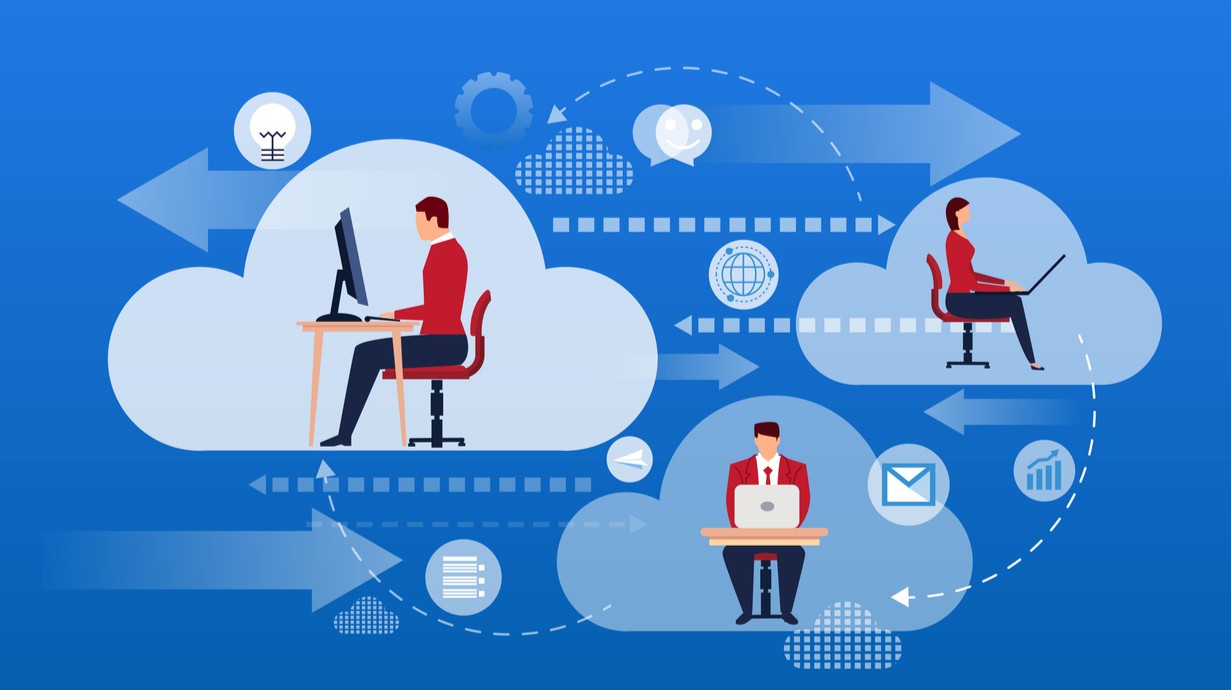These days, small and midsized businesses (SMBs) in the midmarket are confronted with the need for endpoint hardware updates. This challenge has been exacerbated by the massive shift to remote work during the Covid-19 pandemic, which led many SMBs to heavily invest in desktop devices.
As these devices approach the end of their lifecycle amidst economic uncertainties, SMBs are at a crucial crossroads: Should they invest in new, AI-powered PCs or extend the lifespan of their current hardware?
The hardware refresh time pressure is compounded by the imminent end of support for Windows 10 in October 2025. The Windows 10 EOL (end of life), as it’s known, accelerates the need to upgrade hardware to accommodate the specific technical requirements of Windows 11. The latter boasts enhanced security features and capabilities.
Channel partners are invaluable in guiding SMBs through the complexities of technological upgrades. They provide not only hardware but also solutions tailored to the midmarket business. Solutions like application and desktop virtualization can also enable SMBs to adopt new technologies without significant upfront costs. This is crucial for maintaining budget control while staying technologically competitive.
Flexible Licensing: A Game Changer
Flexible licensing is transforming the way SMBs approach IT infrastructure upgrades. By allowing businesses to pay for software and services as they use them, these models provide a pathway to modernize infrastructure without large initial expenditures.
This approach is particularly beneficial for supporting the use of modern operating systems like Windows 11. This can be supported in the cloud without requiring a fork-lift upgrade to all new and expensive physical devices.

Kamal Srinivasan
In addition, virtual desktop solutions under flexible licenses can maximize the value of existing hardware and facilitate the transition to more advanced systems. This ensures that SMBs can maintain productivity and adapt technology usage as their workloads grow or shift without immediate, costly hardware overhauls. It’s a strategy that preserves capital — and positions businesses for scalable growth.
Phased Technology Adoption and Infrastructure Choices
Implementing technology in phases is a cost-effective strategy. It allows SMBs to manage their resources while integrating advanced capabilities like AI.
This phased approach involves first understanding the specific needs and strategic goals of the business, then aligning AI investments accordingly. For example, evaluating the use cases for generative AI tools can help SMBs enhance operations and customer engagement.
The decision between investing in AI PCs or adopting virtual desktop environments is crucial. AI PCs offer powerful processing capabilities needed for complex tasks and are suited for roles that require intensive computational power. However, their high costs can be prohibitive for many SMBs.
On the other hand, virtual desktop environments offer a more budget-friendly solution by centralizing many computing tasks in the cloud. That reduces the need for advanced hardware on site.
The Resurgence of Thin Clients
Thin clients have seen a resurgence as a cost-effective solution that aligns with the modern needs of SMBs. These devices are especially relevant now. They can access cloud-based virtual desktops and applications, allowing SMBs to reduce capital expenditures (CapEx) and operational expenses (OpEx). Thin clients offer a practical and efficient way to connect to cloud services, which can be rapidly scaled or updated without significant hardware changes.
The growing trend towards thin clients reflects a broader shift in IT towards more flexible, cloud-centric environments. This shift allows SMBs to focus on strategic business activities rather than managing complex IT infrastructure. It also provides a level of agility that is particularly valuable in today’s fast-paced market conditions.
However, instead of merely revisiting past approaches, thin clients should evolve to address the demands of modern, hybrid workforces and, notably, be flexible and don’t empower vendor-lock in.
Enabling SMB Success
Channel partners play a critical role in helping SMBs navigate the challenges of hardware updates. They must offer solutions that are technologically advanced as well as financially and operationally feasible.
By leveraging relevant tools and using virtual desktops and thin clients, SMBs can effectively manage their technology transitions. This strategic approach turns the challenge of hardware refresh into a stepping stone towards growth and innovation.
This way, SMBs are well-positioned to thrive in an increasingly digital business environment.
Kamal Srinivasan is senior vice president of product at Parallels.
Featured image: iStock














